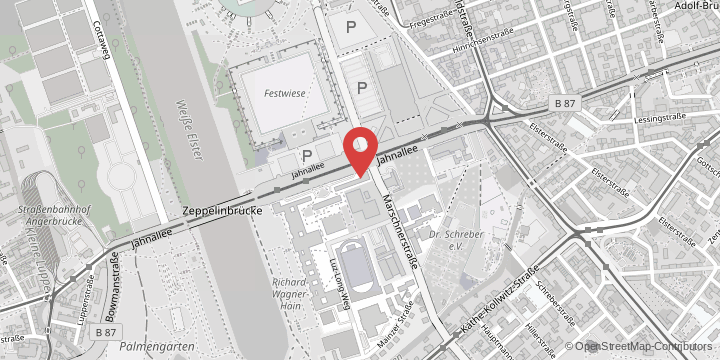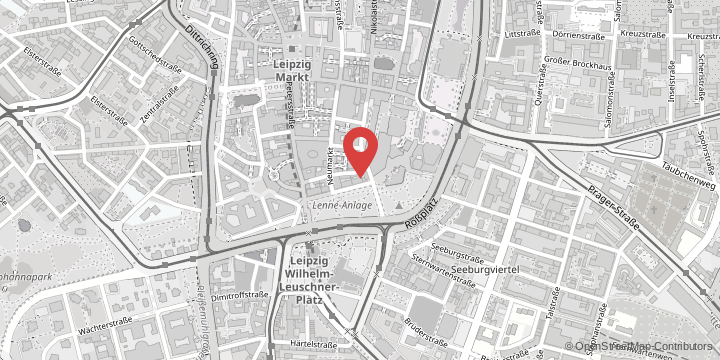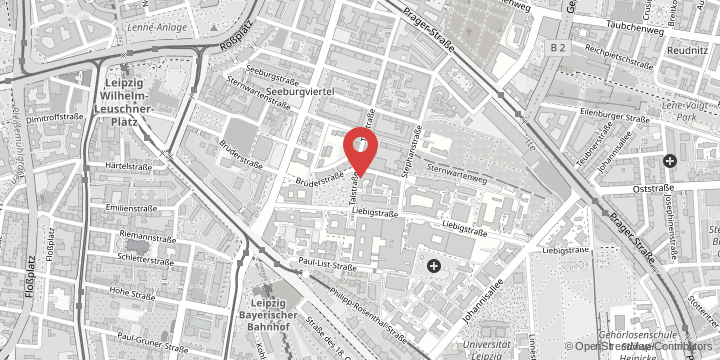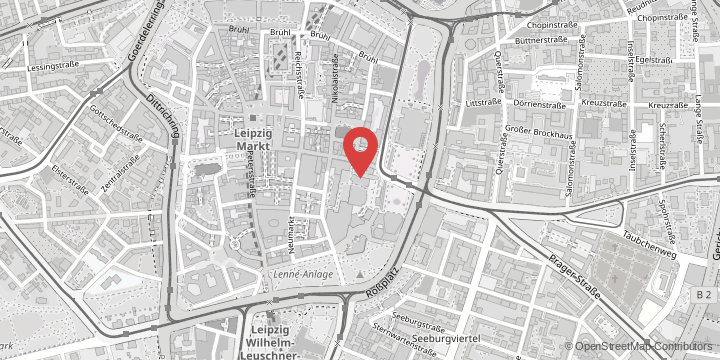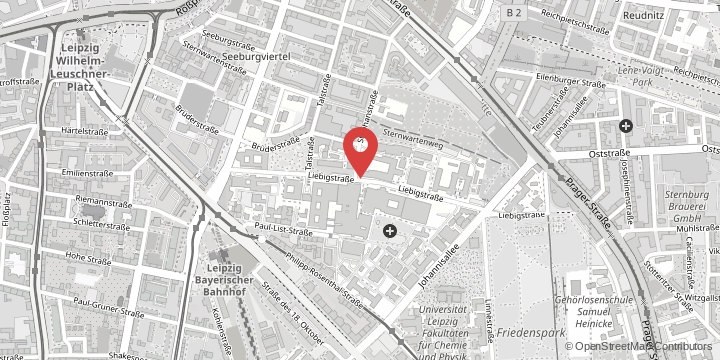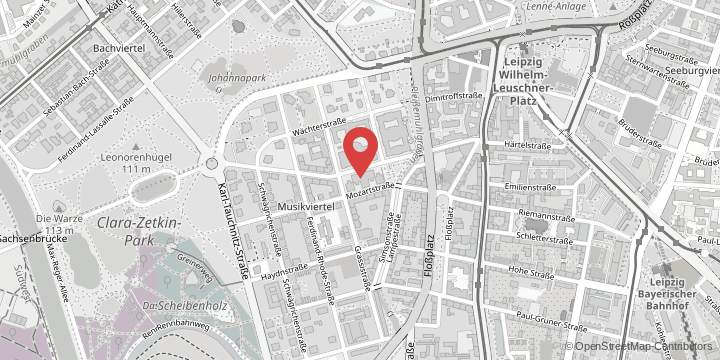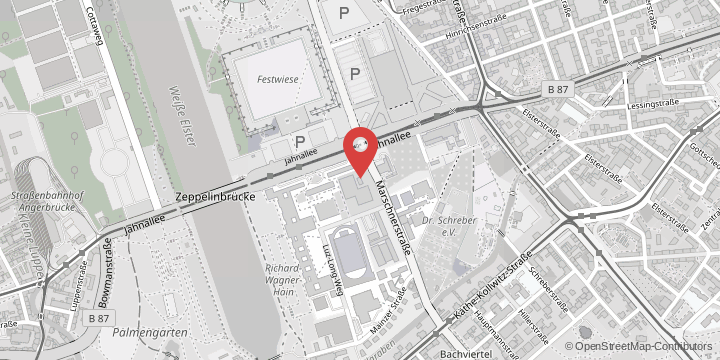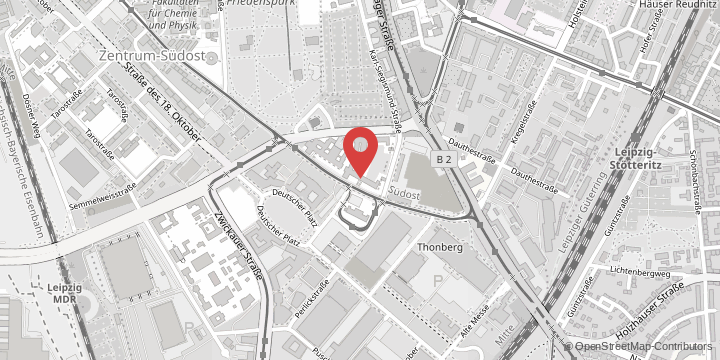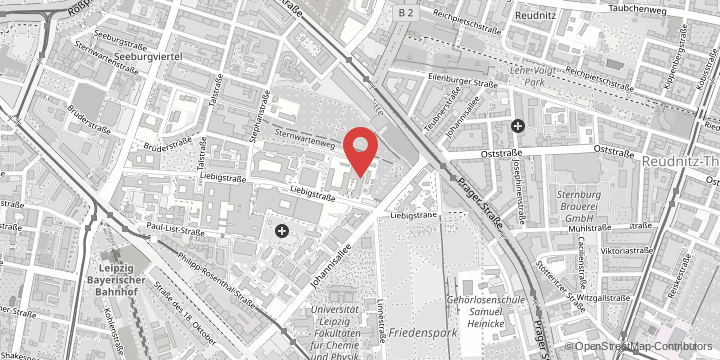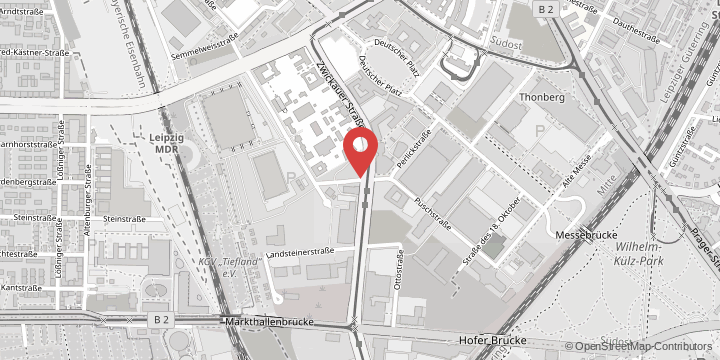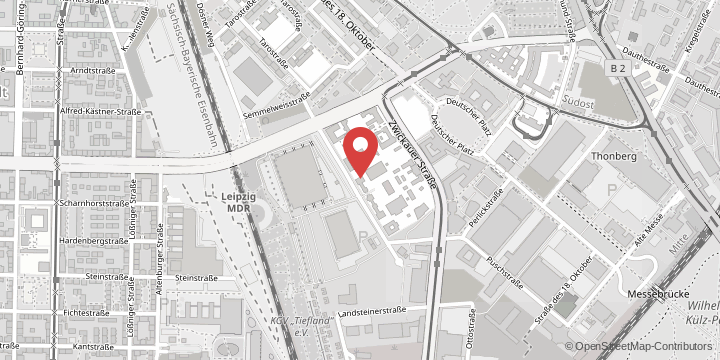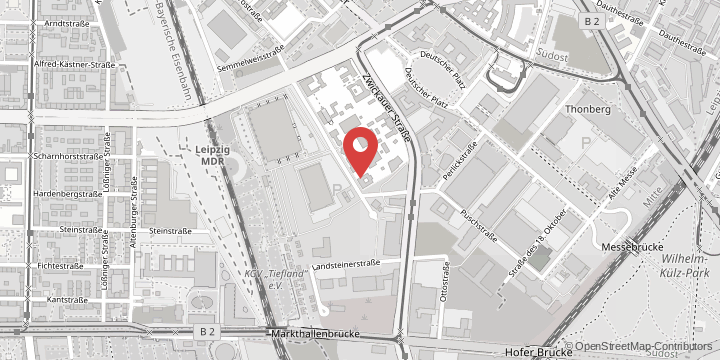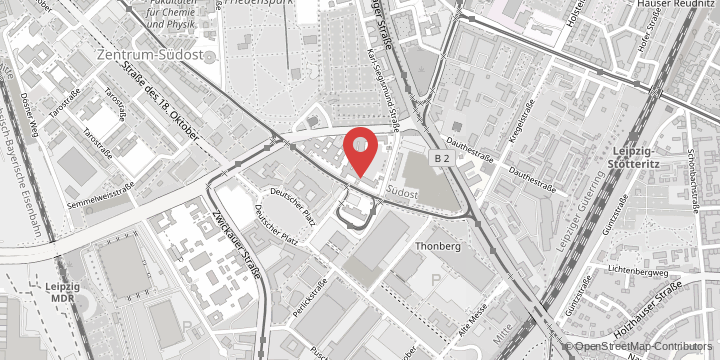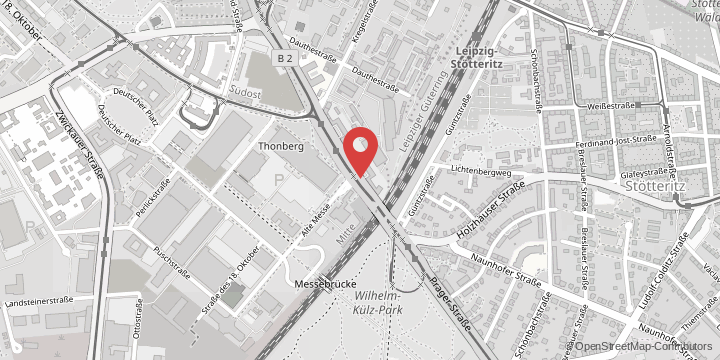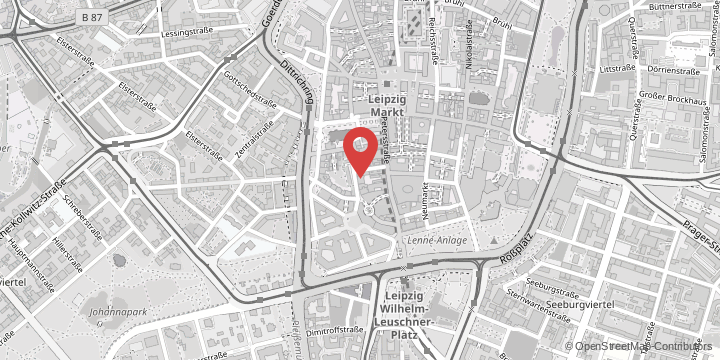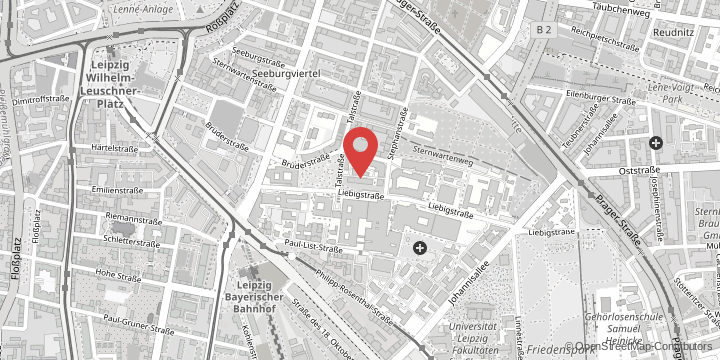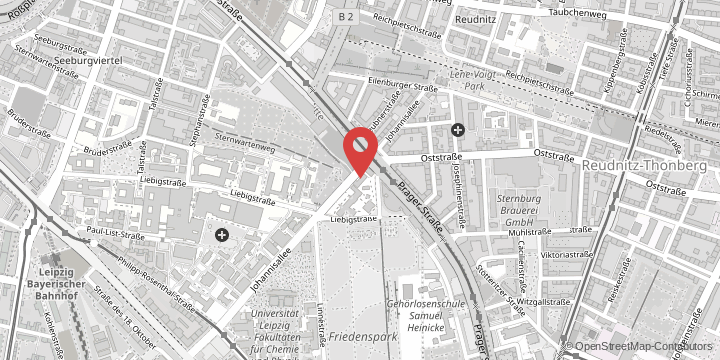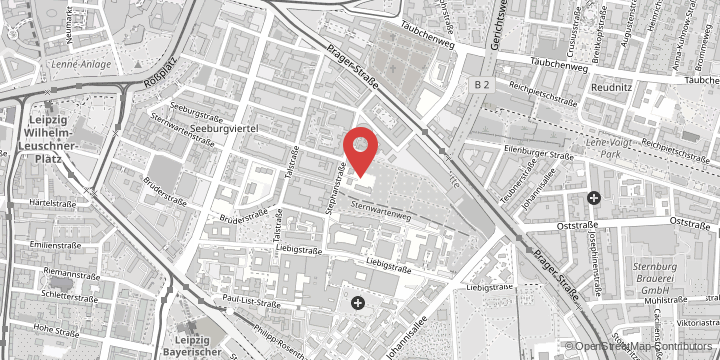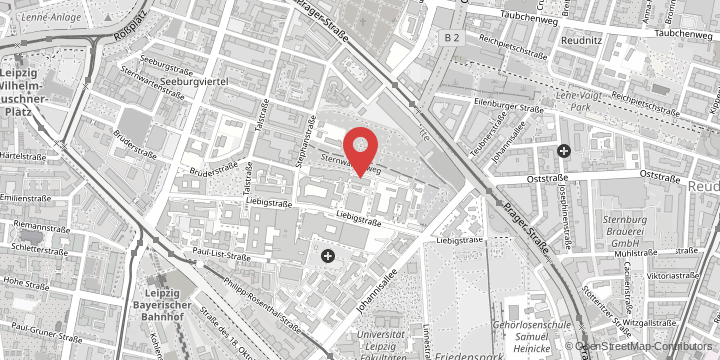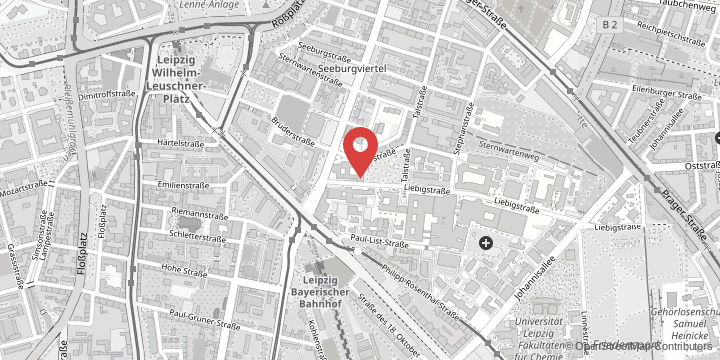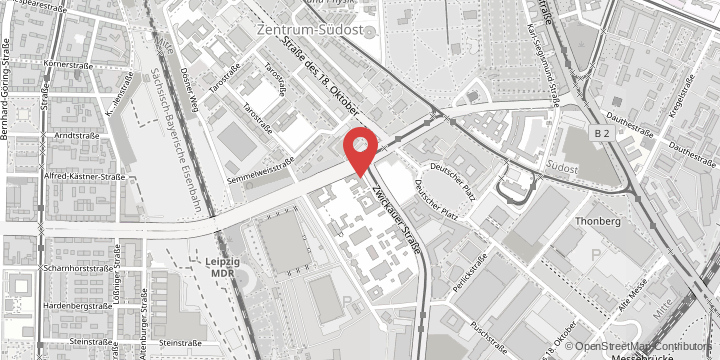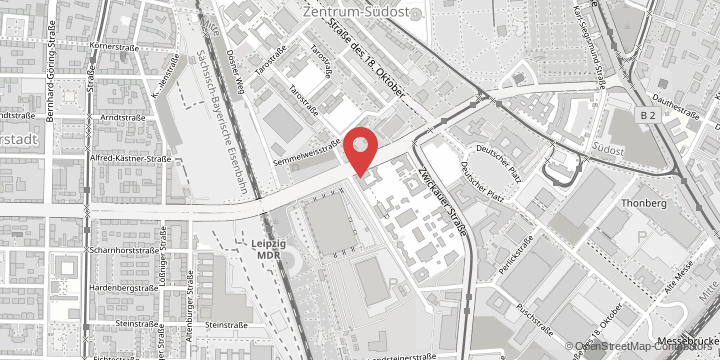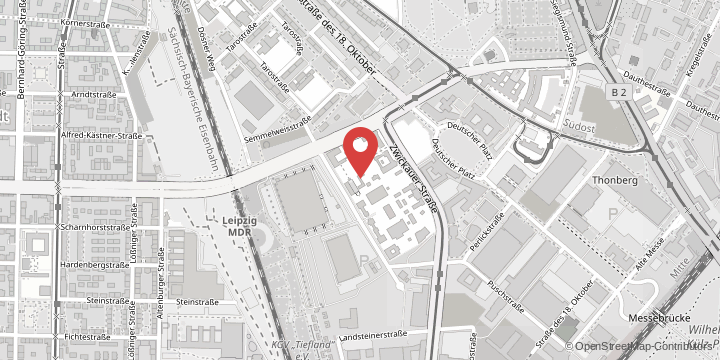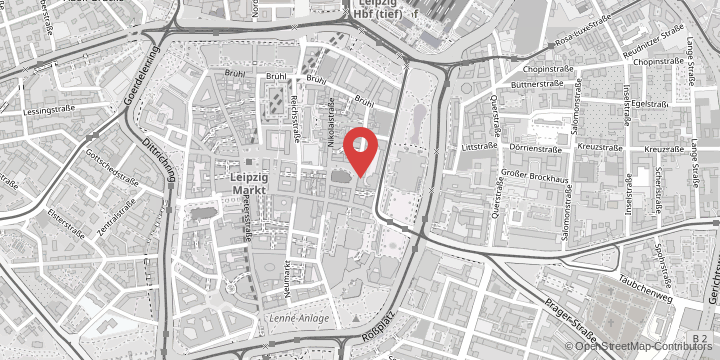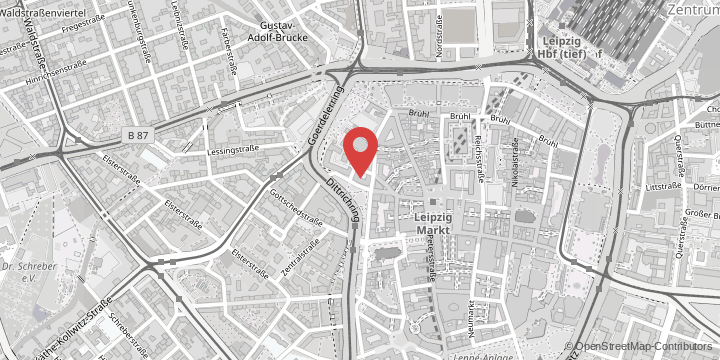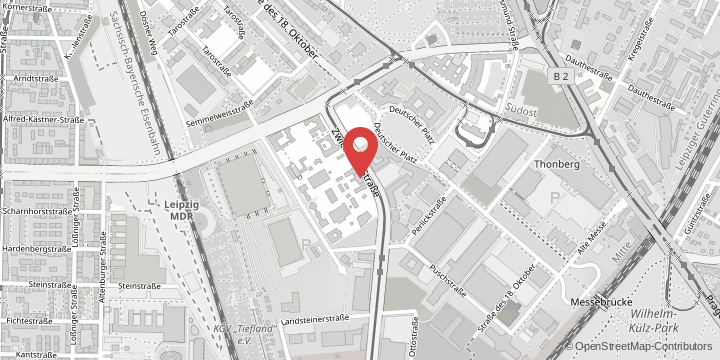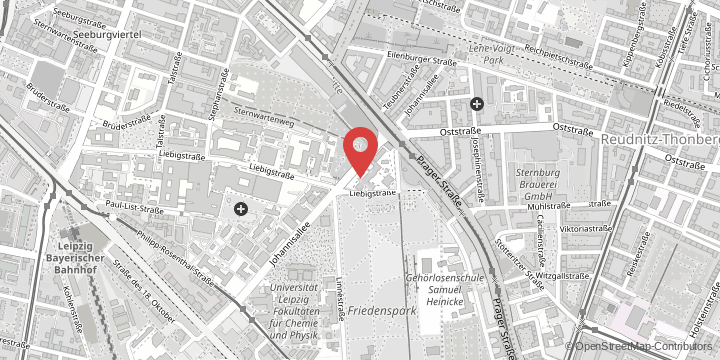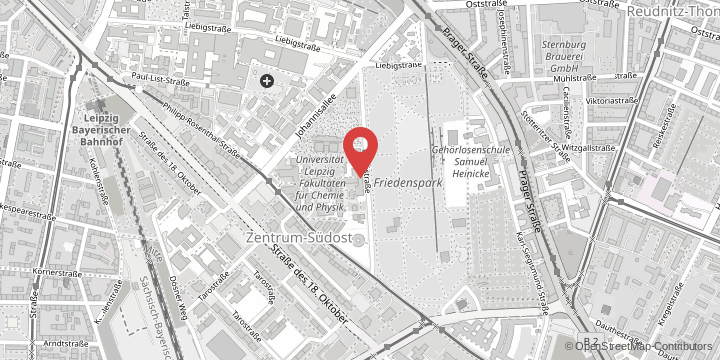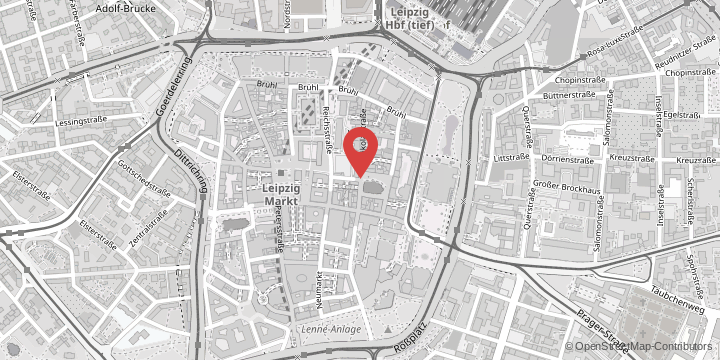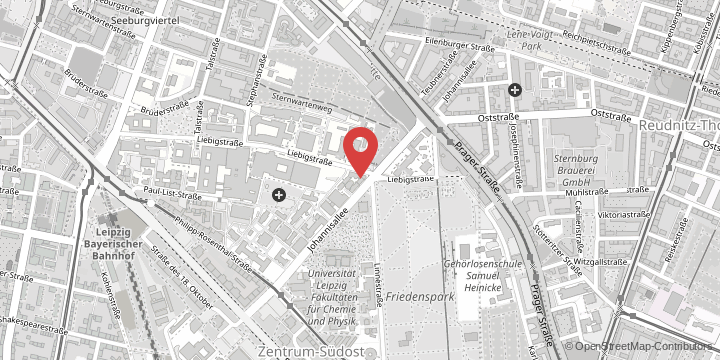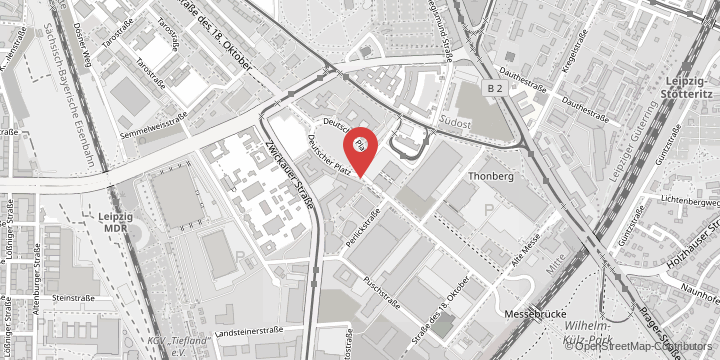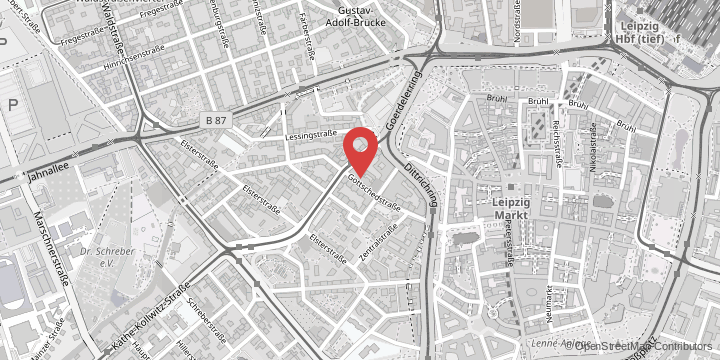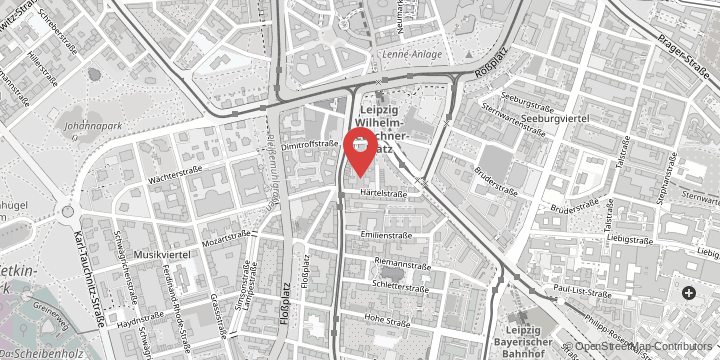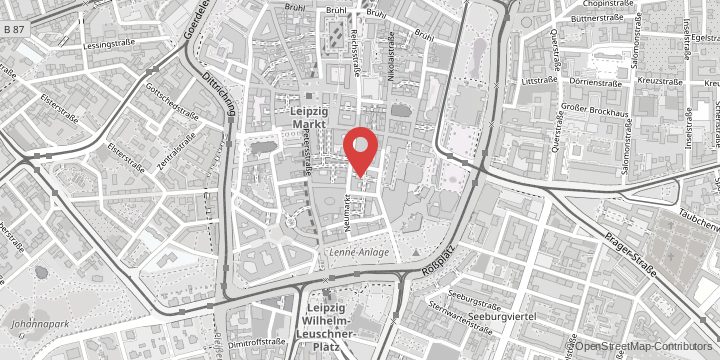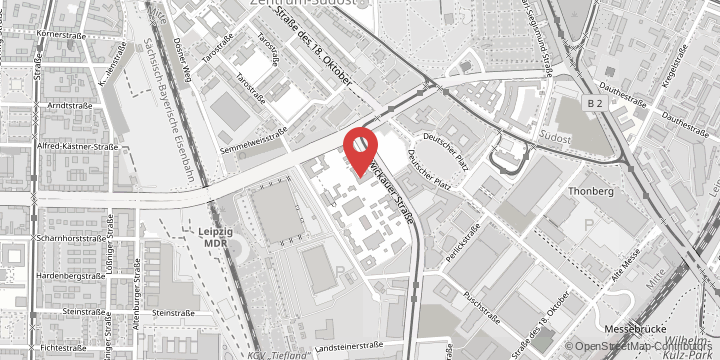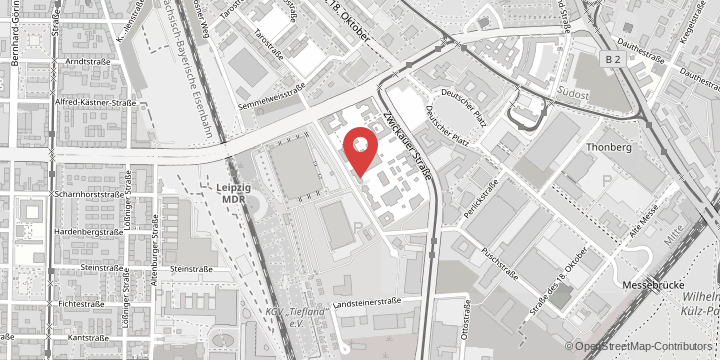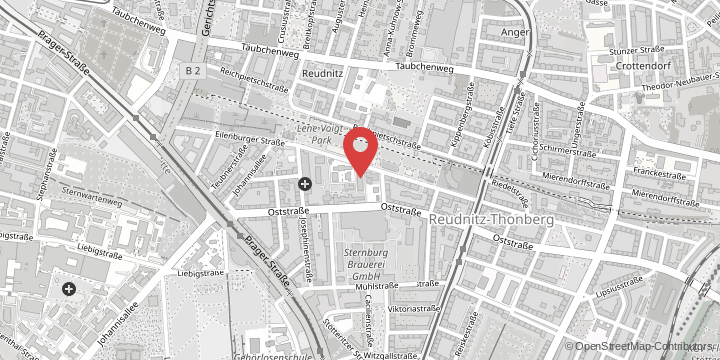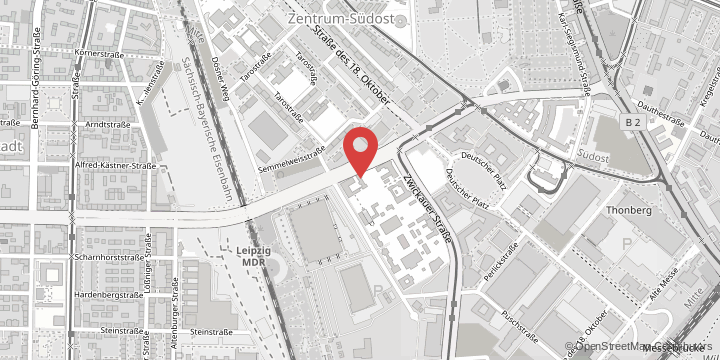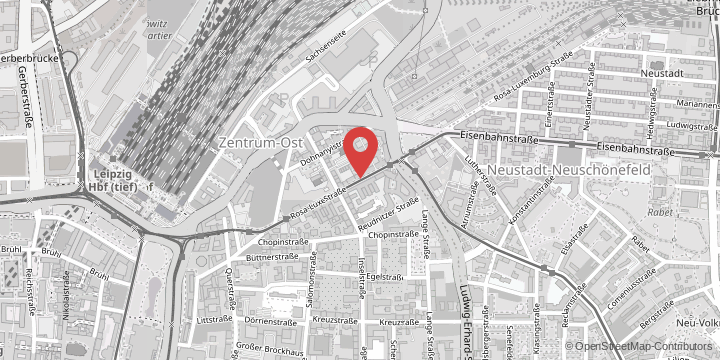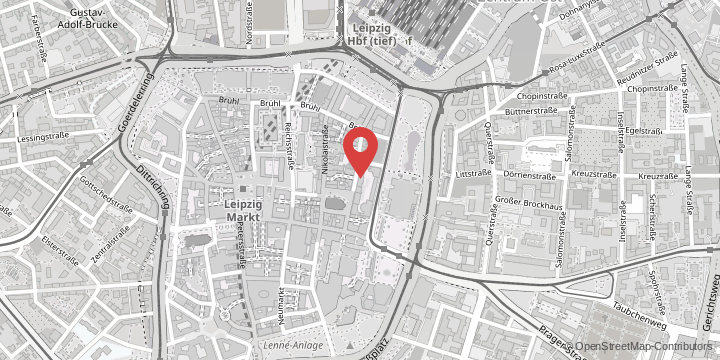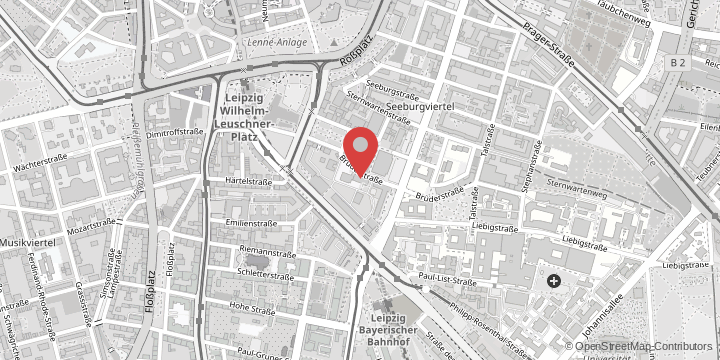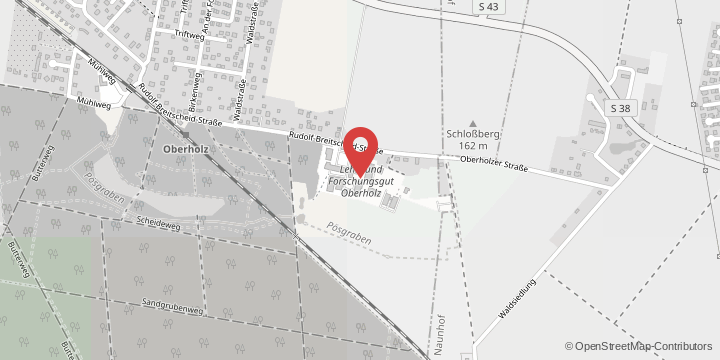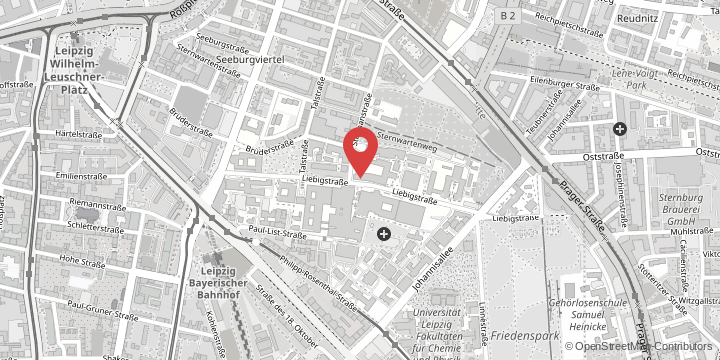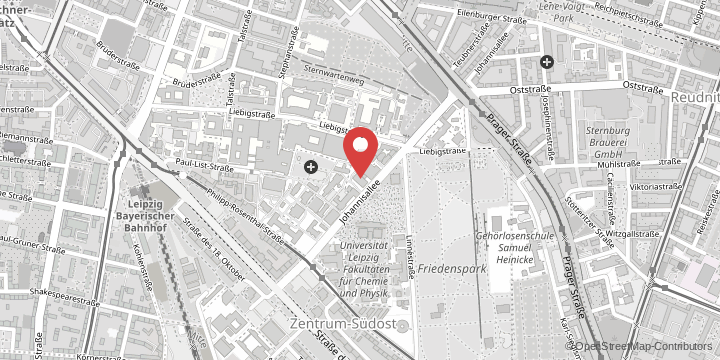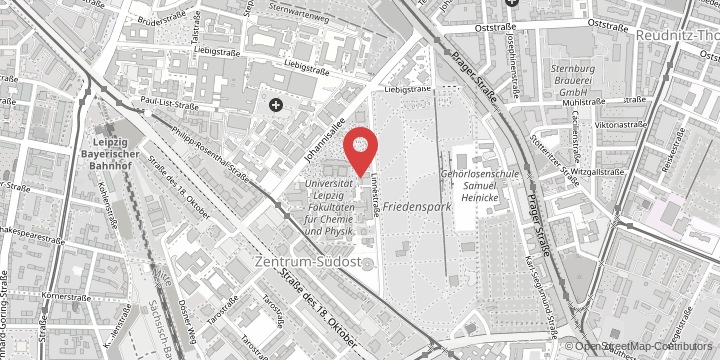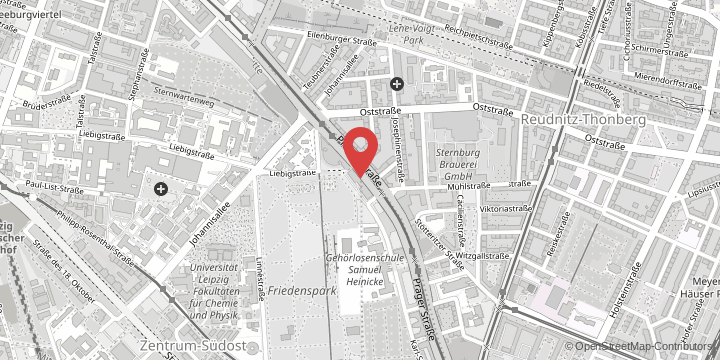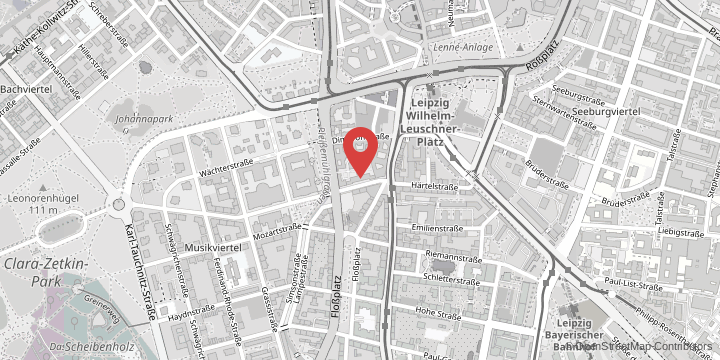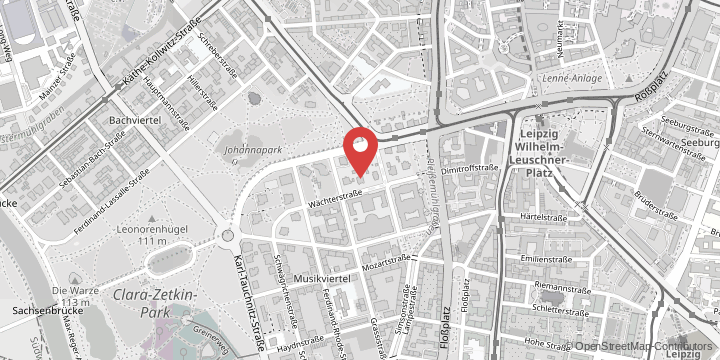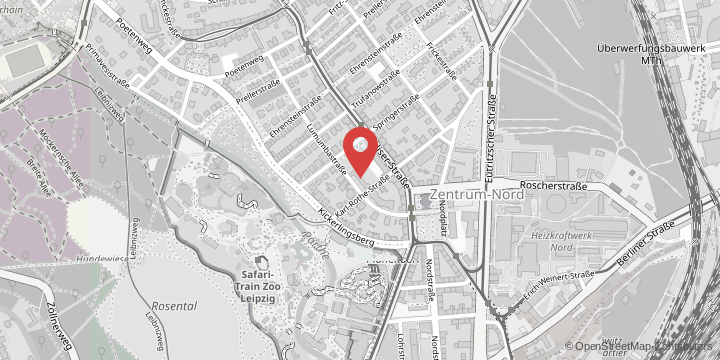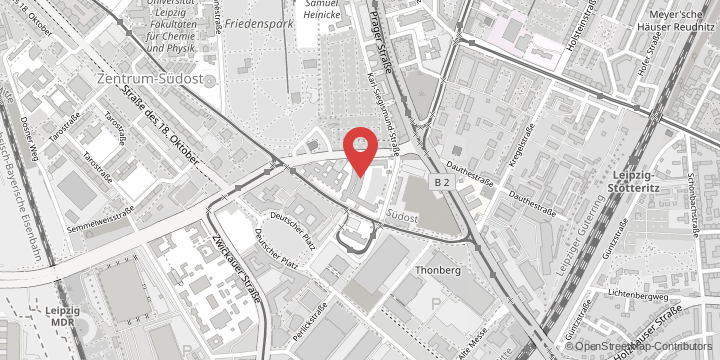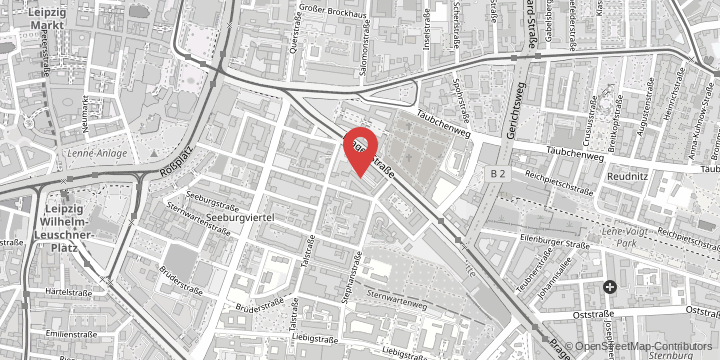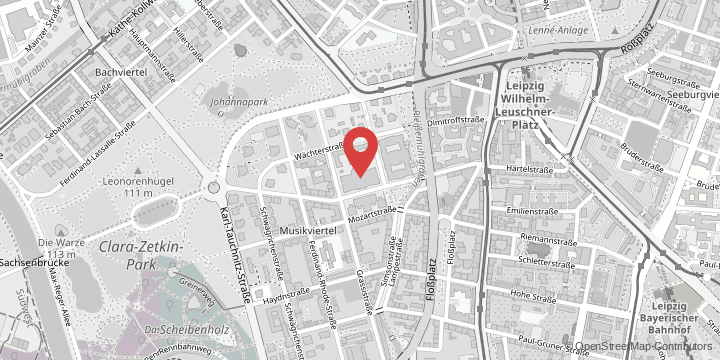Their technological arsenal includes a computed tomography (CT) system with the most advanced technology available on the market; a state-of-the-art 3D ultrasound machine; a high-performance MRI scanner; and an anaesthesia monitoring system which is the only one of its kind in Europe, where all of the monitors are interconnected to ensure the seamless monitoring of anaesthetised patients. The latest technology and its application are one of the main topics at the 10th Leipzig Veterinary Congress, which will be held from 16 to 18 January.
The spectral CT system mentioned above is a recent addition to the Department for Small Animals. “It means we can do many things in diagnostics that would not be possible with a conventional CT,” said Dr Kiefer. For example, it has been used to precisely identify and treat a diseased jawbone in a sloth from an animal park in Bernburg, Saxony-Anhalt. State-of-the-art technology – similar to that used in human medicine – makes it possible to superimpose 3D ultrasound images and CT scans in real time. This allows even more targeted tissue sampling, for example for the diagnosis of liver cancer in dogs or cats. These biopsies are essential before any decision to operate can be made.
“In ultrasound diagnostics, we work with high-tech contrast agents that let us observe blood flow in tissues. This makes it possible to determine whether a tumour is present or not,” said Dr Kiefer. The advantage of this modern technology for the patient? In cases where there are several areas of abnormal tissue, it may only be necessary to take one tissue sample. In addition, the use of ultrasound contrast agents to assess tissue does not require anaesthesia, which is usually much more dangerous for animals than for humans. This is especially important when diagnosing animal patients with existing heart problems. “We are the only animal hospital in Germany that regularly uses this procedure,” explained Professor Alef.
A number of diseases can also be detected with the 3-tesla magnetic resonance imaging (MRI) scanner, which the Department for Small Animals has used since 2013. “For example, we can use it to follow the course of nerve fibres, which is important in the diagnosis of brain tumours,” said Dr Kiefer. This approach also often uses contrast agents. Unlike ultrasound examination, the patient must be sedated, as this is unavoidable when diagnosing diseases of certain organs. Here, too, the cutting-edge technology means it is possible to superimpose CT and MRI scans. Since all of this comes at a price that many pet owners cannot afford, Alef and Kiefer would like to see the universal introduction of health insurance for animals, as is already customary in other countries.
“Some of our patients are very small, such as light dogs weighing less than a kilo. This can make treating them more difficult,” said Professor Alef from the University’s Department of Small Animals, where she and her team anaesthetise up to 15 patients every day. The anaesthetist will give several lectures at the veterinary congress, present the latest developments in her profession, report on everyday life in the clinic, and offer an anaesthesia course for general practice veterinarians. Dr Kiefer’s talk will discuss the pitfalls of liver biopsy diagnostics, and he will also give an ultrasound course for veterinarians as well as X-ray refresher courses for veterinarians and veterinary assistants.


